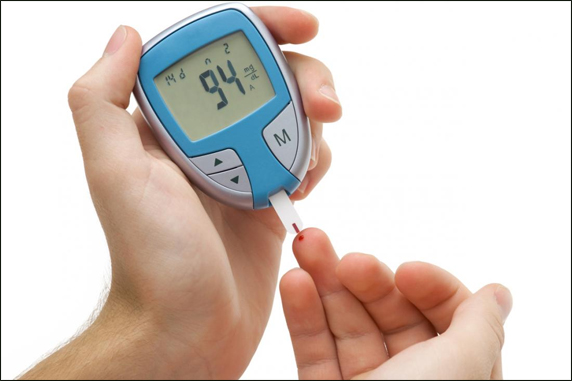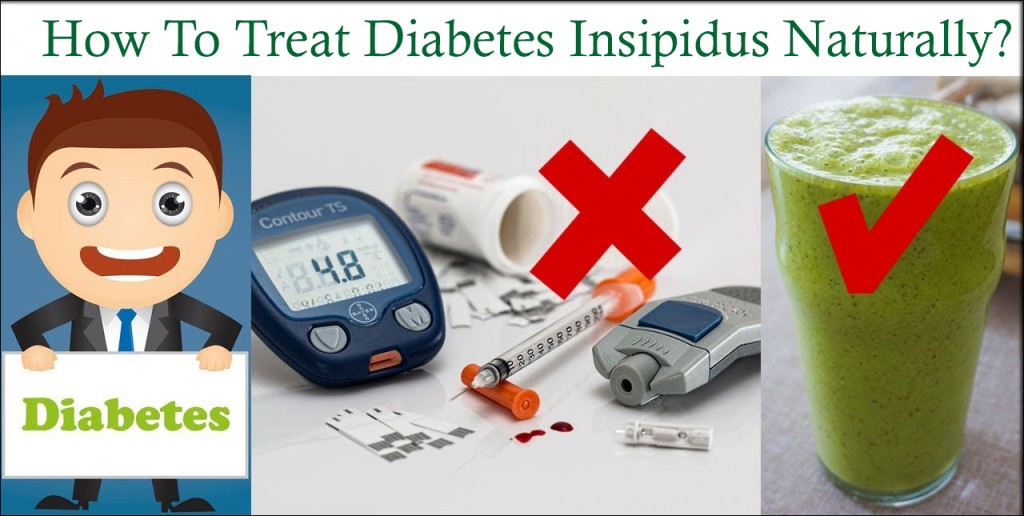What is Fasting Insulin and its significance for Diabetic patients?
Abstract
Diabetes mellitus is a non communicable disease but is spreading like a pandemic all over the world. Each and every house is having at least two members who are diagnosed with diabetes. The commonest type of diabetes is diabetes mellitus type 2 but the patients of diabetes type 1 are also increasing day by day. Diabetes mellitus is a clinical syndrome that is characterized by hyperglycemia due to absolute or relative deficiency of insulin. In this article we will mainly discuss the significance of fasting insulin with respect to insulin dependent Diabetes Mellitus or diabetes type 1 and also non insulin dependent diabetes or diabetes type 2.
Introduction
Diabetes is worldwide in distribution and the incidence of both types of primary diabetes, i.e insulin dependent diabetes mellitus (IDDM) or diabetes mellitus type 1 and non insulin dependent diabetes (NIDDM) or also known as diabetes mellitus type 2. However prevalence of both varieties varies considerably in both parts of the world. This Seems to be due to differences in both genetic and environmental factors. To Begin with almost certainly the term diabetes mellitus embraces a heterogenous group of disorders having differing modes of inheritance. Agreement appears to be near at hand that IDDM and NIDDM exhibit substantial genetic differences.

Stages of Diabetes
1. Overt or manifest diabetes
It refers to the fully expressed clinical syndrome. This stage of disease is characterized by fasting hyperglycemia, glucosuria and usually three p’s that are polyuria, polydipsia and polyphagia.
2. Subclinical diabetes
Subclinical diabetes is understood when the patient is completely asymptomatic and fasting blood glucose level is usually normal but the post prandial level (glucose levels after two hours of meal) is frequently elevated.
3. Latent or stress diabetes
These patients are at the risk of developing overt diabetes. It basically refers to a person who is completely asymptomatic and under ordinary condition is normoglycemic and has a normal glucose tolerance. But under stress like pregnancy, infection and other serious conditions temporary carbohydrate intolerance develops.
4. Prediabetes or potential diabetes
This is a conceptual state which can be applied only retrospectively to the period of time preceding carbohydrate intolerance.
Pancreatic pathology for insulin dependent diabetes mellitus
Three outstanding features characterise the pathological picture of prediabetic pancreas in IDDM
- ‘Insulitis’ which is the infiltration of the islets with mononuclear cells.
- The initial patchiness of this lesion with, until a very late stage, lobules containing heavily infiltrated islets commonly seen immediately adjacent to unaffected lobules.
- The striking beta cell specificity of the destructive process within infiltrated islets where the glucagon and other hormone secreting cells invariably remain intact.
Things about insulin
Insulin is a peptide hormone secreted by beta cells in pancreatic islets of langerhans and its main function is to lower the serum glucose levels and hence promote anabolism. It is a normal growth factor required for development. Glucose production and secretion by the liver is strongly inhibited by high concentration of insulin in the blood. Decrease or absence of insulin activity results in diabetes mellitus of either type 1 or type 2. Human insulin protein is composed of 51 amino acids and has a heterodimer of an A- chain and a B-chain which are linked together by disulfide bonds.

What is fasting insulin?
Fasting insulin is the name given to a diagnostic test which is used to measure the amount of insulin in blood. As mentioned before insulin is very much important for utilization of blood glucose and hence maintaining rights levels of it. In absence of insulin a condition called hyperglycemia usually occurs. So determining correct levels of insulin in blood is necessary so as to evaluate what exactly is the condition.
Insulin test preparation
Fasting insulin requires at least 8 hours of fasting. This means that before giving a blood sample, a patient should have not eaten anything for around 8 or more than 8 hours.
Purpose of fasting insulin
- To find reasons for hypoglycemia
- Diagnosing insulin resistance
- To find out tumors on the pancreases.
- This tumor is called insulinoma.
Test results showing insulin resistance or no insulin resistance
- If your body cells have developed insulin resistance then fasting insulin is more than 48pmol/L.
- If your body cells are not having any kind of insulin resistance then fasting insulin is 18-48 pmol/L.
Importance of fasting insulin with respect to hyperglycemia or both form of diabetes
Insulin as mentioned earlier is very important as it is responsible for glucose take up by the cells. Our body cells like cells of muscle tissue, cells of various organs use glucose as a source of energy. They are having specific insulin receptors. Insulin is attached to these receptors and hence the glucose is binded to it. Then this glucose is taken up by the cells which then convert it into energy or store it for later use as a source of energy. But if these receptors do not determine insulin than glucose uptake by the cells does not take place or in other scenarios due to pancreatic cell destruction as a result of the autoimmune process there is absolute deficiency of insulin resulting in hyperglycemia.
So, advising fasting insulin is of great importance in both above mentioned cases. Reason is, this test help in determining:
- The exact levels of insulin in body
- Determining the type of diabetes especially in case of children
- Deciding the type of diet which can be followed
- Determining the units of insulin which are to be administered.
Conclusion
Diabetes is no doubt setting its roots deep and deeper into our society. Though we have many effective ways to deal with this group of conditions but still it becomes challenging with each and every patient diagnosed. It is very important to understand that this condition is related to both genetic and environmental factors along with some personal habits. Moreover insulin, whose deficiency is the main reason for hyperglycemia cannot be generated through medicines but its requirement is fulfilled by administration of synthetic insulin.

